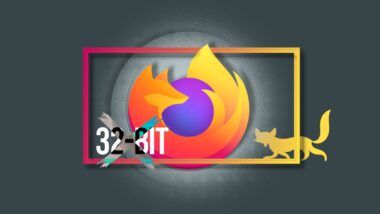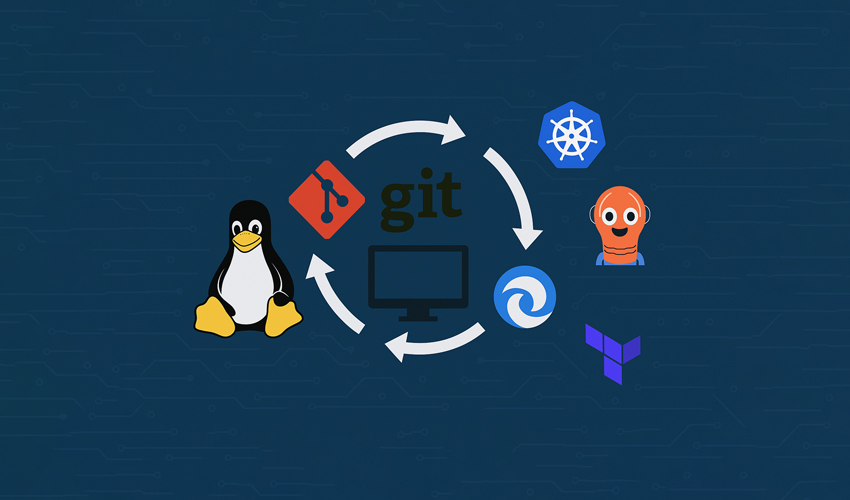Mozilla Confirms Firefox 32-Bit Linux Support Will End in 2026


 Raspberry Pi has begun selling a 1TB M.2 2230 SSD for use with the Raspberry Pi 5. It joins the company's PCIe Gen 3 256 & 512GB SSDs announced earlier this year.
Raspberry Pi has begun selling a 1TB M.2 2230 SSD for use with the Raspberry Pi 5. It joins the company's PCIe Gen 3 256 & 512GB SSDs announced earlier this year.
You're reading Raspberry Pi Launches Own-Brand 1TB SSD for $70/£67, a blog post from OMG! Ubuntu. Do not reproduce elsewhere without permission.
 Firefox Nightly builds add CoPilot to the chatbot sidebar, expanding the browser's range of third-party AI service integrations. Plus: new New Tab Page widgets.
Firefox Nightly builds add CoPilot to the chatbot sidebar, expanding the browser's range of third-party AI service integrations. Plus: new New Tab Page widgets.
You're reading Firefox Adds CoPilot Chatbot, New Tab Widgets in Nightly Builds, a blog post from OMG! Ubuntu. Do not reproduce elsewhere without permission.
 A new version of miracle-wm, the Mir-based compositor/tiling window manager looking to rival Hyprland, is out with a welcome set of improvements.
A new version of miracle-wm, the Mir-based compositor/tiling window manager looking to rival Hyprland, is out with a welcome set of improvements.
You're reading Miracle-wm 0.7 Released, Completes IPC Implementation, a blog post from OMG! Ubuntu. Do not reproduce elsewhere without permission.

Imagine a world where every server, application, and network configuration is meticulously orchestrated via Git, where updates, audits, and recoveries happen with a single commit. This is the realm GitOps unlocks, especially potent when paired with the versatility of Linux environments. In this article, we'll dive deep into how Git-driven workflows can transform the way you manage Linux infrastructure, offering clarity, control, and confidence in every change.
GitOps isn't just a catchy buzzword, it's a methodical rethink of how infrastructure should be managed.
It treats Git as the definitive blueprint for your live systems, everything from server settings to application deployments is declared, versioned, and stored in repositories.
With Git as the single source of truth, every adjustment is tracked, reversible, and auditable, turning ops into a transparent, code-centric process.
Beyond simple CI/CD, GitOps introduces a continuous reconciliation model: specialized agents continuously compare the actual state of systems against the desired state in Git and correct any discrepancies automatically.
Linux stands at the heart of infrastructure, servers, containers, edge systems, you name it. When GitOps is layered onto that:
You'll leverage Linux’s scripting capabilities (like bash) to craft powerful, domain-specific automation that dovetails perfectly with GitOps agents.
The transparency of Git coupled with Linux’s flexible architecture simplifies debugging, auditing, and recovery.
The combination gives infrastructure teams the agility to iterate faster while keeping control rigorous and secure.
A well-organized Git setup is crucial:
Use separate repositories or disciplined directory structures for:
Infrastructure modules (e.g., Terraform, networking, VMs),
Platform components (monitoring, ingress controllers, certificates),
Application-level configurations (Helm overrides, container versions).
This separation helps ensure access controls align with responsibilities and limits risks from misconfiguration or accidental cross-impact.
 GNOME 49 re-enables X11 session support in GDM after it broke the ability to launch other desktop environments. It plans full removal in GNOME 50.
GNOME 49 re-enables X11 session support in GDM after it broke the ability to launch other desktop environments. It plans full removal in GNOME 50.
You're reading GNOME 49 Restores Ability to Launch X11 Desktop Sessions, a blog post from OMG! Ubuntu. Do not reproduce elsewhere without permission.